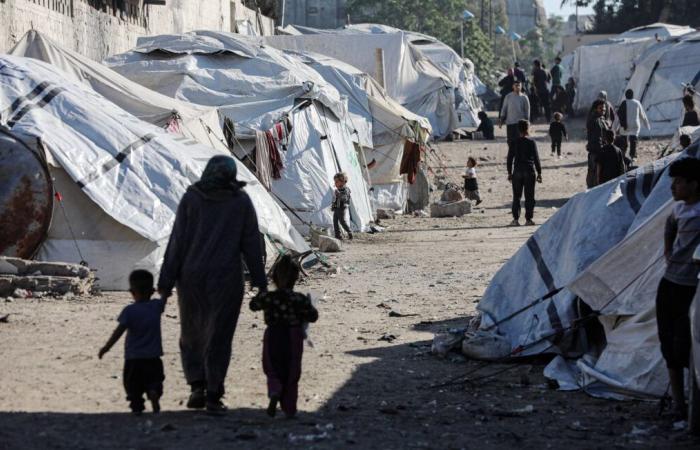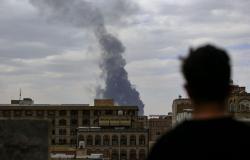In war against Hamas, Israel further increased its pressure on the Gaza Strip. The Hebrew state even announced on Monday a new military campaign which provides for the “conquest” of the Palestinian territory.
This plan will require, according to the Israeli army, the internal displacement of “most” of the inhabitants of the Gaza Strip. To fully understand the consequences of this new escalation, 20 Minutes take stock.
The Israeli army resumed its offensive on the Gaza Strip on March 18, ending two months of truce. This is the response of the Hebrew State to the attack on October 7, 2023 of Hamas which led to the death of 1,218 people on the Israeli side, for most civilians. Of the 251 people kidnapped, 58 are still retained in Gaza, including 34 declared dead by the Israeli army.
The Israeli reprisal campaign left at least 52,567 dead in Gaza, mostly civilians, according to data from the Ministry of Hamas, deemed reliable by the UN.
- What does Israel do now?
The extension of military operations, approved by the Israeli war cabinet, provides for “the conquest of the Gaza Strip and the control of the territories” seized. With this in mind, the army confirmed on Sunday evening the recall of “tens of thousands of reservists”. “The operation includes a large-scale attack” and “the displacement of most of the population of the Gaza Strip” outside the combat zones, said brigadier general Effi Defrin, spokesperson for the Israeli army.
- The challenge of humanitarian aid
The Gaza Strip, including almost all the inhabitants have already been moved several times since the start of the war, has been subject to an airtight blockade by Israel since March 2 and has been prey to a serious humanitarian crisis. But the Israeli cabinet believes that there is “currently enough food” in Gaza and has agreed to the “possibility of a humanitarian distribution” if it were to be “necessary”.
Israel also accuses Hamas of diverting humanitarian aid and justifying its blockade by the need to put pressure on the movement so that it releases hostages.
- Why has Israel chose this date?
The objective displayed by the government of Prime Minister Benyamin Netanyahu is still to “defeat” the Islamist Hamas movement and “bring back the hostages” removed that day. According to a senior security official, the time for military preparations authorizes a window for the negotiation of a hostage liberation agreement, by “at the end of the American president’s visit” Donald Trump in the Middle East, scheduled for May 13 to 16.
During the meeting of the cabinet, Benyamin Netanyahu said he wanted to “promote the Trump plan aimed at the residents of Gaza”. In early February, the American president launched the idea of taking control of the Gaza Strip by the United States to rebuild it and make it “Riviera du Middle East”, after having expelled the population.
- What are the reactions?
The United Nations continues to alert on the humanitarian disaster and the risk of famine to which the 2.4 million inhabitants of Gaza are exposed. On Monday, UN Secretary General Antonio Guterres said he was “alarmed” by the Israeli plan.
“Unlike the wishes of more than 70 % of the population”, the government has decided to put “all the hostages in danger of death”, commented the Family Forum, the largest association of hostages of hostages in Israel, denouncing a plan which “also threatens the life of our soldiers”. The fighting in Gaza resulted in more than 850 Israeli soldiers.
Our file on the Israeli-Palestinian conflict
“The plan presented to us means that large areas of Gaza […] will remain deprived of supply, “said the UN Humanitarian Affairs Office (OCHA), rejecting a project that” contravenes fundamental humanitarian principles “. Hamas on Monday accused Israel of “blackmail” with humanitarian aid.








